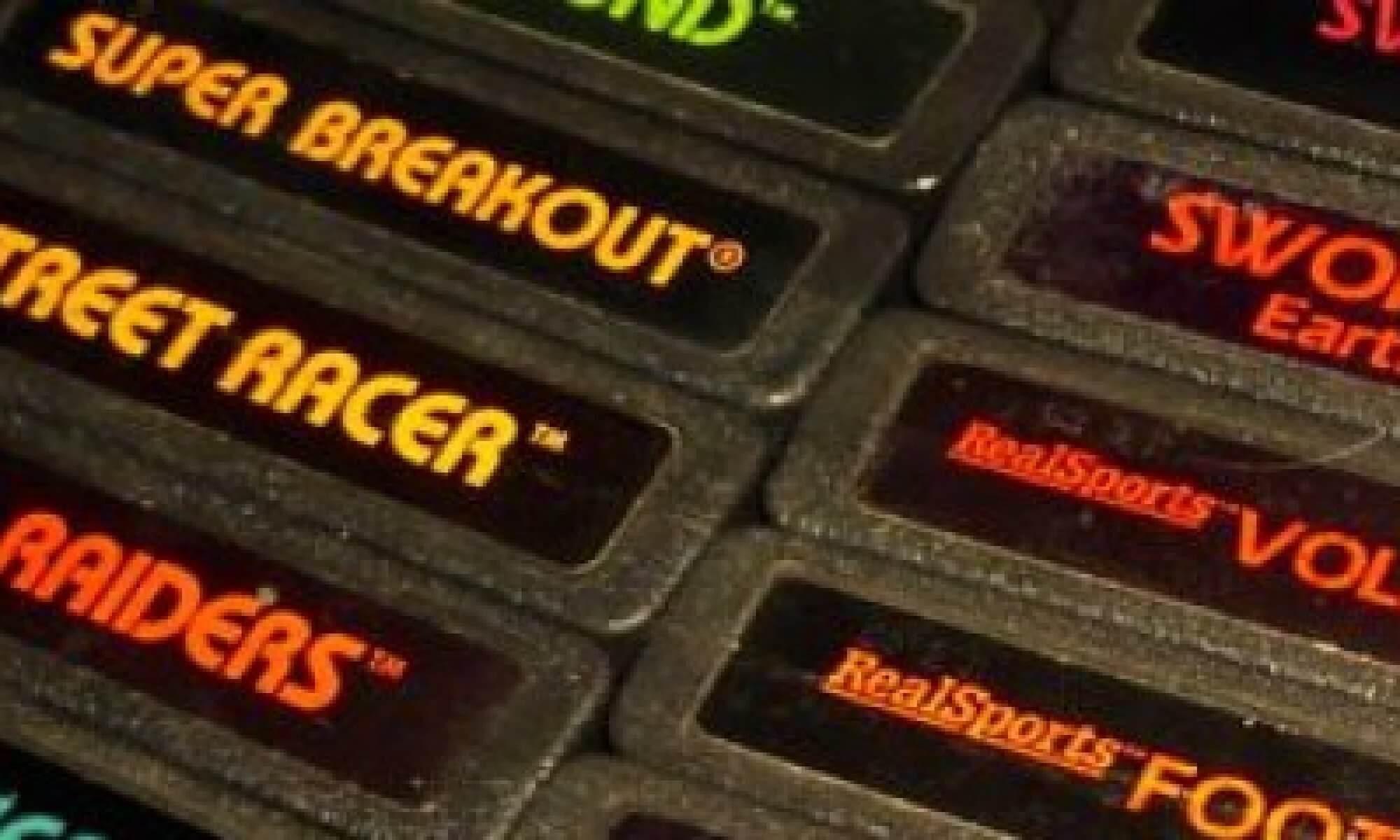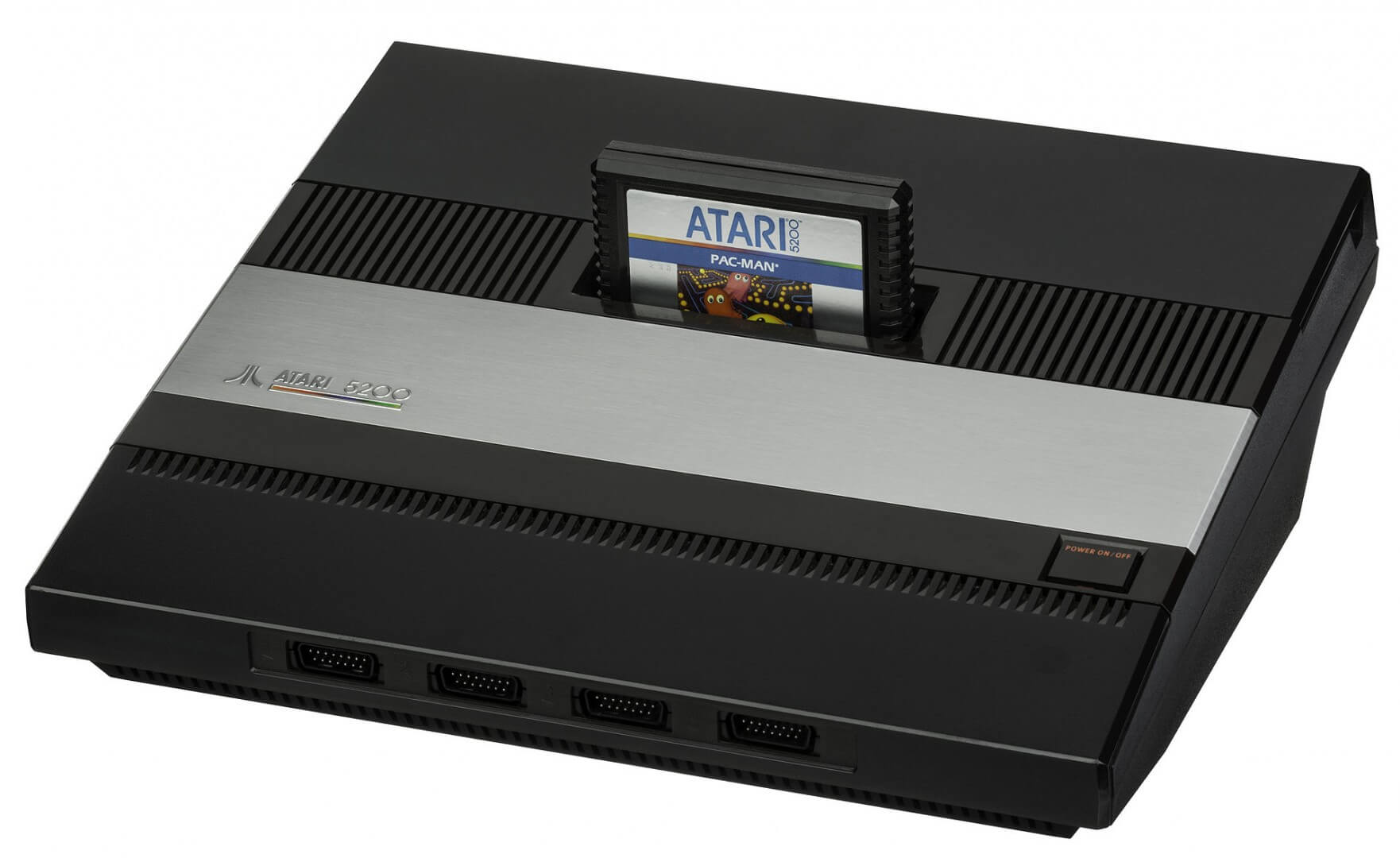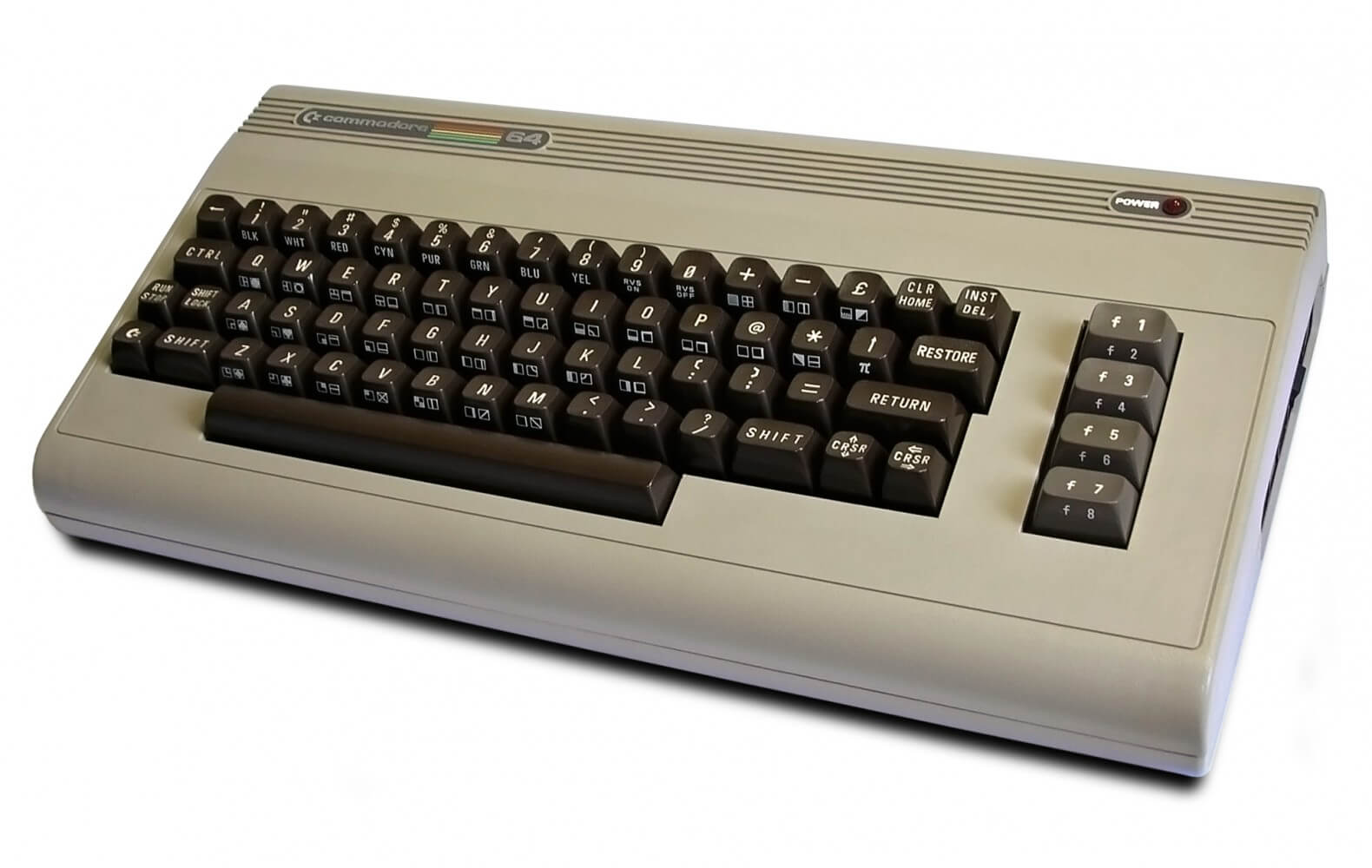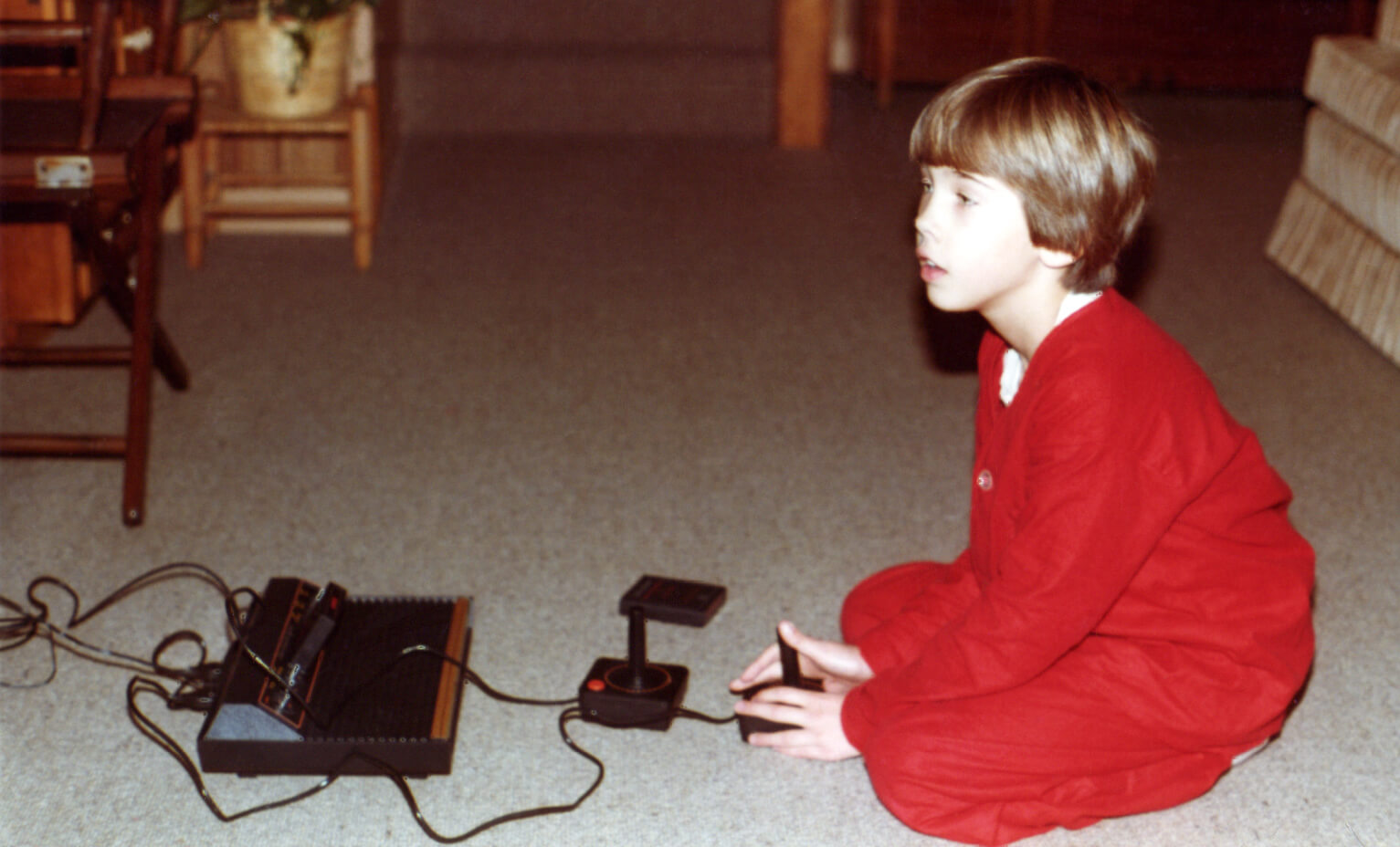Christmas morning, 1980. I must have been a good boy that year, because under the tree was a new Atari 2600 gaming console. Along with the Combat pack-in cartridge and the seminal Space Invaders, I was in gaming heaven. Many fond memories were had, but little did I know at the time that there was something bigger and better around the corner – the Atari 5200. Continue reading “Atari 5200 Let’s Play: START (Part 1)”
The Commodore 64 turns 30
FIle under “this makes me feel REALLY old”
The Commodore 64, one of the first affordable home computers, turned 30 this week. With a whopping 64 kilobytes of RAM, 16 – count ’em, 16 – colors, and a disk drive that was slower than Christmas, it was nevertheless a minor revolution in home computing.
Launching at the relatively low price of $595, which dropped to $200 in under two years, it sold between 12 and 17.5 million units, making it the best-selling single personal computer model of all time.
Besides being a great programming machine, it allowed you to do your home finances, write letters to Grandma, and… wait, nevermind. Who am I kidding?
Everyone who had a Commodore 64 knew it was first and foremost an awesome game console.
With several thousand games published over the course of a decade, it blew away everything that came before, and gave later consoles such as the Nintendo Entertainment System a run for their money with the ability to provide deeper gaming experiences due to it’s keyboard, greater storage capacity, and superior sound (thanks to the Sound Interface Device, or SID).
But time marches on, and today’s dumbest smartphone has far more computing power than the Commodore 64. BBC’s Mat Allen showed a working C64 to some schoolchildren to get their impressions of this classic bit of technology:
The Atari 2600 celebrates 30 years of low-rez fun
As my 35th birthday approaches, an old friend is celebrating 30 years… the Atari 2600! Retro Thing is doing an “Atari Week” feature, with several pieces about the first device that defined “video game” for Generation X:
The Atari 2600’s impact upon the gaming world was immense. No less than eight variations were produced over its stunning 14 year lifespan, along with three Sears-branded models and over a dozen clones. The system sold in excess of 40 million units, and AtariAge lists well over 1300 different game titles. This is all the more incredible because the system was envisioned to have only a two or three year lifespan before being replaced by something more sophisticated. That day never came. Even though Atari made repeated attempts to surpass their initial design, the 2600 remained the pinnacle of the company’s console gaming success.
I have many warm (and a bit fuzzy) memories of the 2600:
- Begging my parents to drop me off early at my piano teacher’s home so I could play her son’s 2600 before I had one of my own.
- The hilarity of Basketball’s square ball.
- Being awed by the ability to play Space Invaders without having to drop a quarter at the arcade. (and the syncopated rhythm when there’s only four attackers left)
- Finally getting an Atari of my own for Christmas. Thanks..uhh… Santa!
- Staying up all night at a friend’s house to beat Raiders of the Lost Ark.
- Playing, enjoying, and beating E.T., years before the internet told me I was supposed to hate it because it was the “worst game ever.“
- Checking out my friends’ latest acquisitions each Saturday at the Cub Scout meeting. Including Journey Escape – Now THAT game was a stinker.
- …and finally giving it up for the Commodore 64 a few years later. [links to an archive of my C64 site from several years ago]
The Atari 2600 seems so quaint in comparison to what we have today, but it was capable of some truly amazing things given it’s limitations. It had a meager 128 bytes of memory – to put that in perspective, this blog post alone is 20 times that. Your average home computer today with a gigabyte of memory can hold over 8 million times that amount. The ability to create anything with those limitations, let alone some of the classics that were produced for the 2600, is nothing short of incredible.



